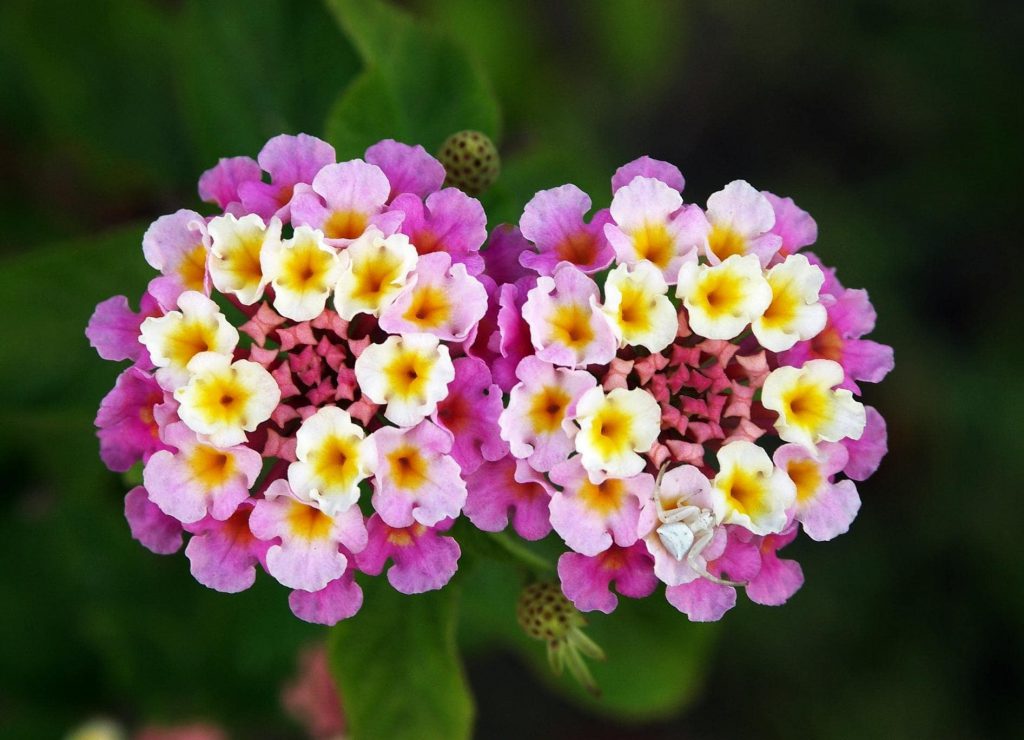
Northland biosecurity experts have asked the Environmental Protection Authority for permission to import and release two species of host-specific fungi to tackle one of the world’s most invasive weeds.
Lantana camara is a serious problem in Northland, where it forms dense thickets that invade a wide variety of areas from native and exotic forests to domestic gardens, roadsides, sand dunes, quarries and wasteland.
Typically a low, scrambling shrub with small, colourful flowers, Lantana can be poisonous to people and grazing stock. It has strong-smelling leaves, especially if they’re crushed, and also produces fruit that’s attractive to birds, which then spread its seeds to uninfested sites.
In a bid to tackle Lantana, the Northland Regional Council has asked the Environmental Protection Authority (EPA) to allow it to import and release two species of rust fungi; Puccinia lantanae from Europe and Prospodium tuberculatum from Australia.
The EPA is now calling for public submissions on the regional council’s application, which can be made via letter, by email to [email protected] or through the EPA’s website at www.epa.govt.nz.
The full application will be available at www.epa.govt.nz/consultations and submissions close on 21 February.
Don McKenzie, the regional council’s Biosecurity Senior Programme Manager, says all varieties of Lantana camara are banned from sale and distribution in Northland.
However, if approved, introduction of the two fungi should reduce the growth rate and fruit and leaf production of those plants which had already established here in the wild.
“Although these rusts can significantly damage Lantana, in themselves they won’t be a magic bullet, although they will reduce both its spread and impact in Northland. Another host-specific rust which we released here a number of years ago has already proved very effective against mist flower, another pest plant.”
Mr McKenzie says the two Lantana rusts behave differently; Puccinia lantanae stops new branch growth while Prospodium tuberculatum kills leaves and stems.
He says if EPA does allow the import, it would be at least another year before either of the rusts could be released in Northland as they would need to be subjected to a battery of tests in quarantine conditions to ensure they would not affect other, non-target species.
Mr McKenzie says ultimately, the rusts could join an arsenal of more than two dozen biological controls (naturally-occurring enemies and diseases) used in Northland to target pests and weeds.
“Biological control agents like these rusts are proving to be a very cost-effective and environmentally friendly way to control pests.”
He says in addition to fungi and bacteria, other biological control tools include an army of insects – including some which target other insects – and even tiny internal parasites.
“Just some of the insects that can be used for biological control of pest plants include seed feeders (maggots, grubs, caterpillars), leaf feeders (caterpillars, sawflies), leaf miners (maggots, caterpillars), shoot feeders (caterpillars), raspers (thrips), sap suckers (psyllids, mites), stem borers (caterpillars, maggots, grubs), crown feeders (grubs), twig miners (caterpillars), bark strippers (beetles) and root feeders (grubs). ”
Mr McKenzie says there are also many predators (like spiders and ladybirds) as well as parasitoids, which kill their insects host, that already exist in the wild or in people’s backyards, orchards or vegetable gardens.
He says the main groups of insect biocontrol agents are parasitic wasps, parasitic flies, predators such as ladybirds, midges, hoverflies, earwigs, lacewings, spiders, mites, mirid and damsel bugs.
For more on biological control in Northland, click here
